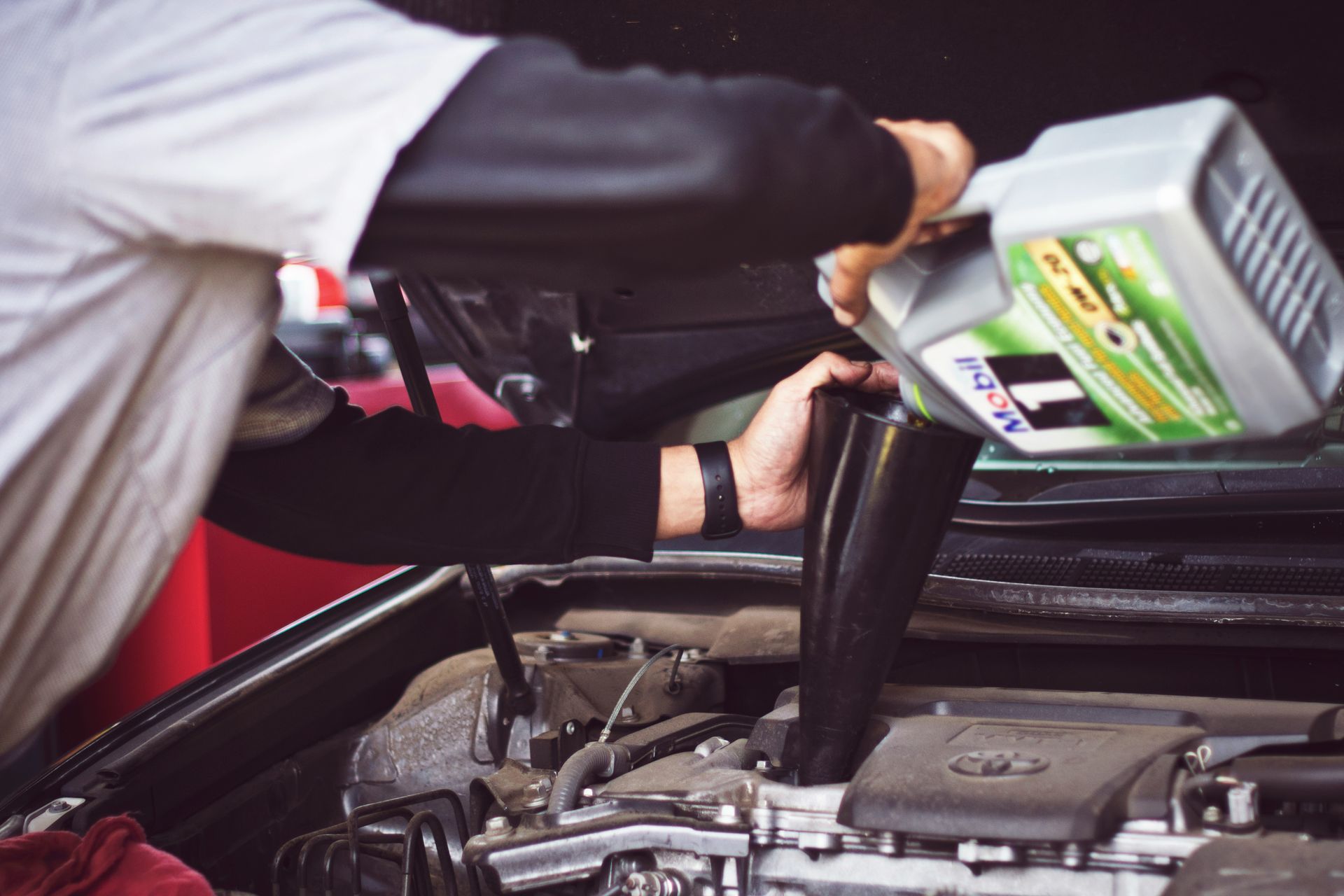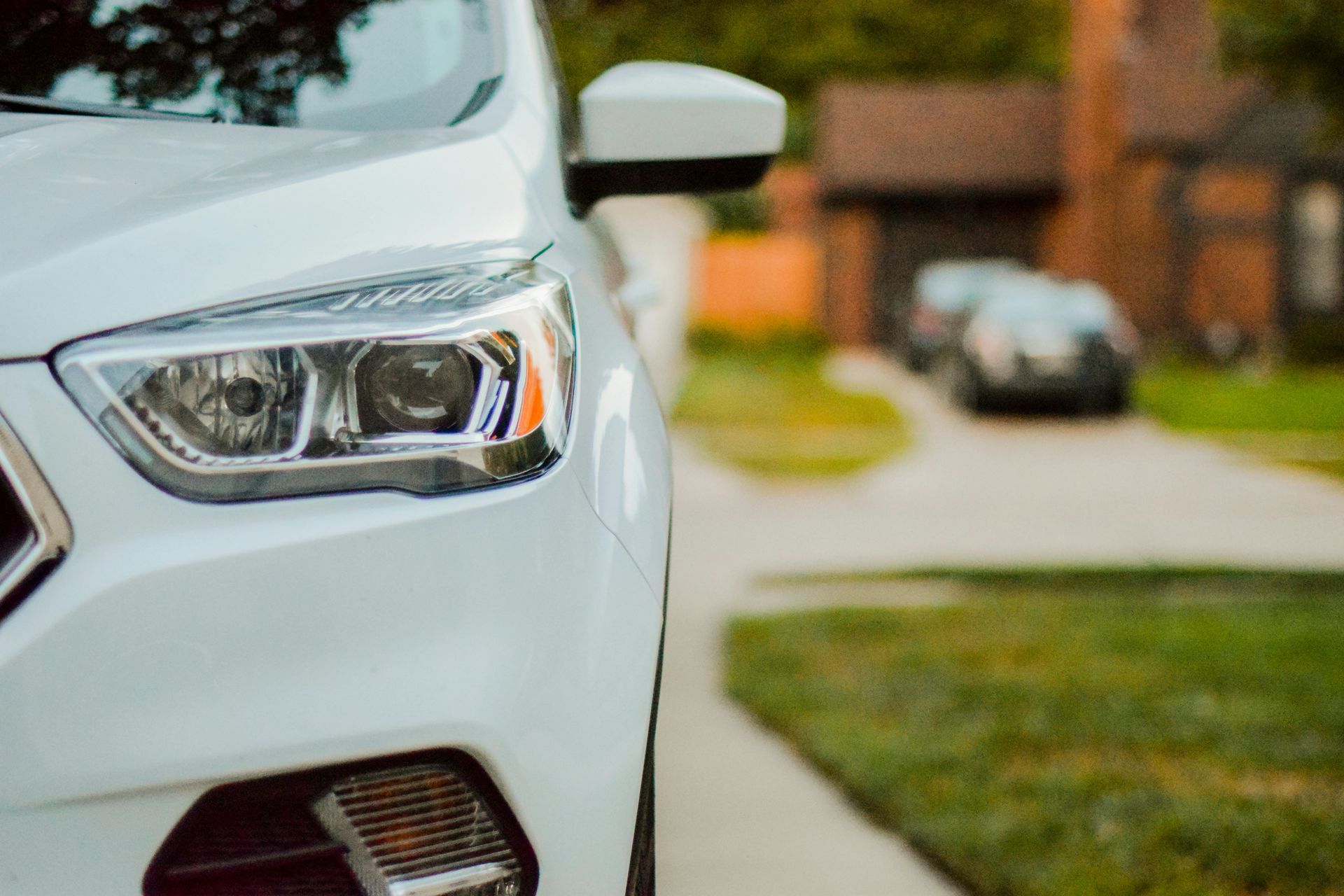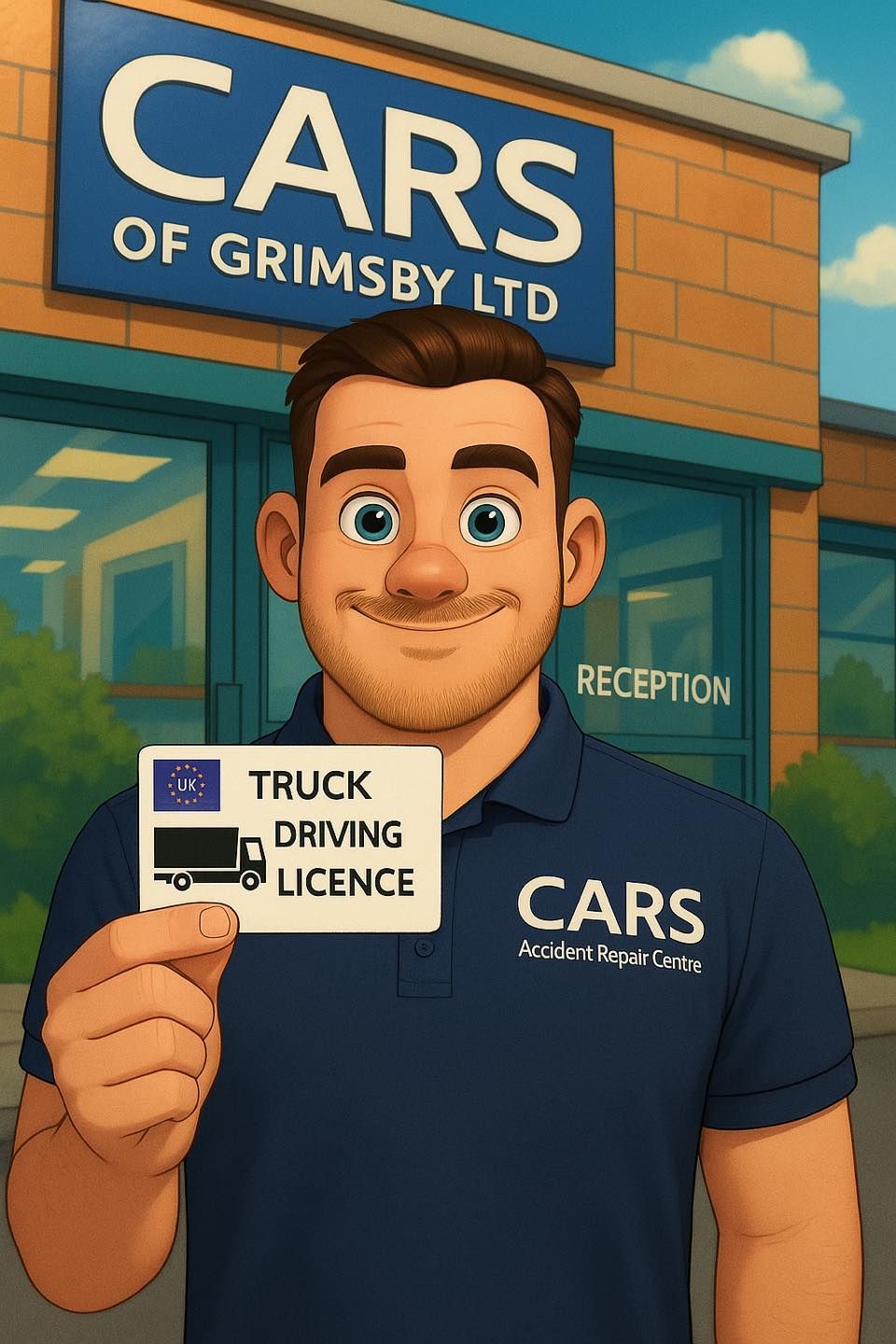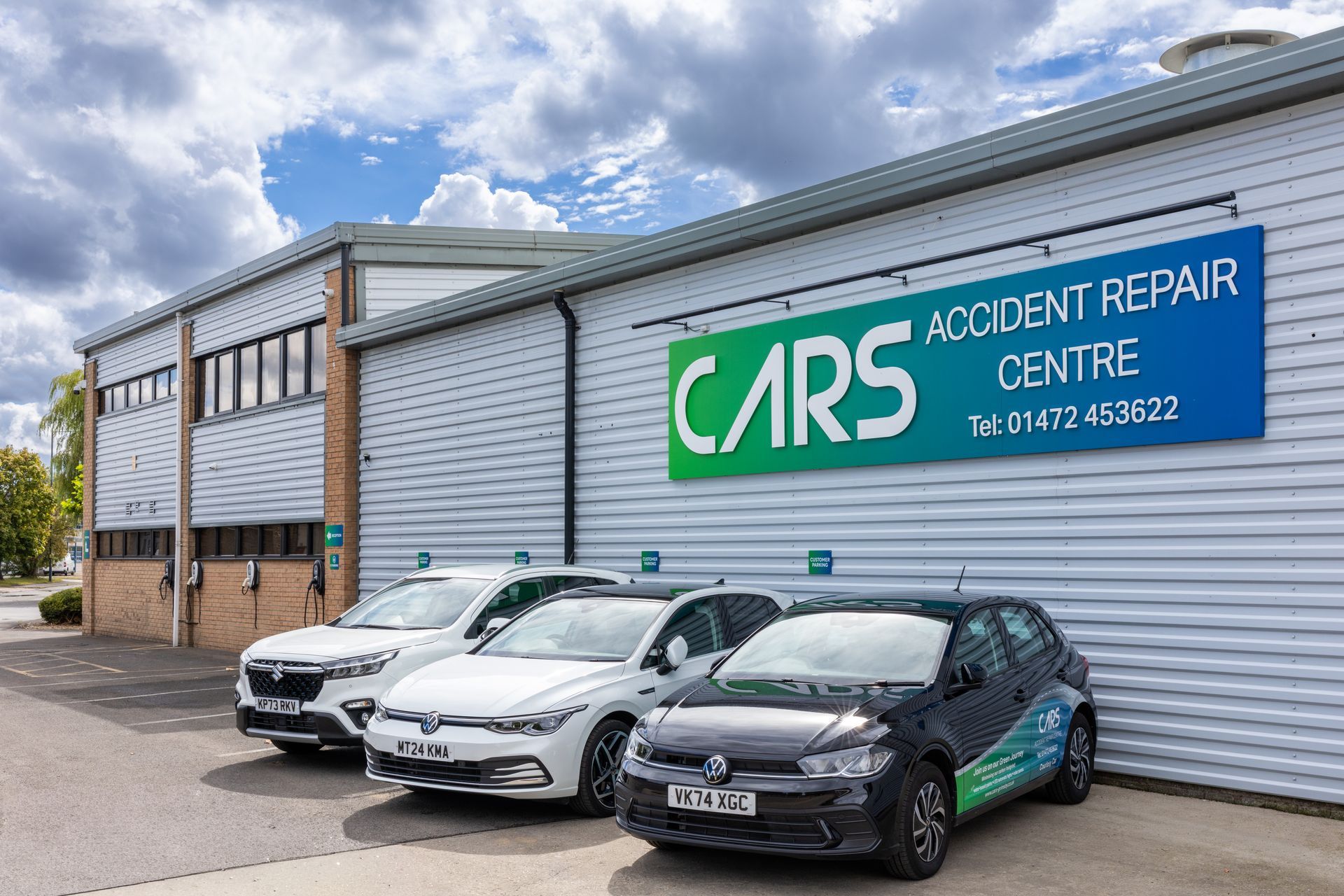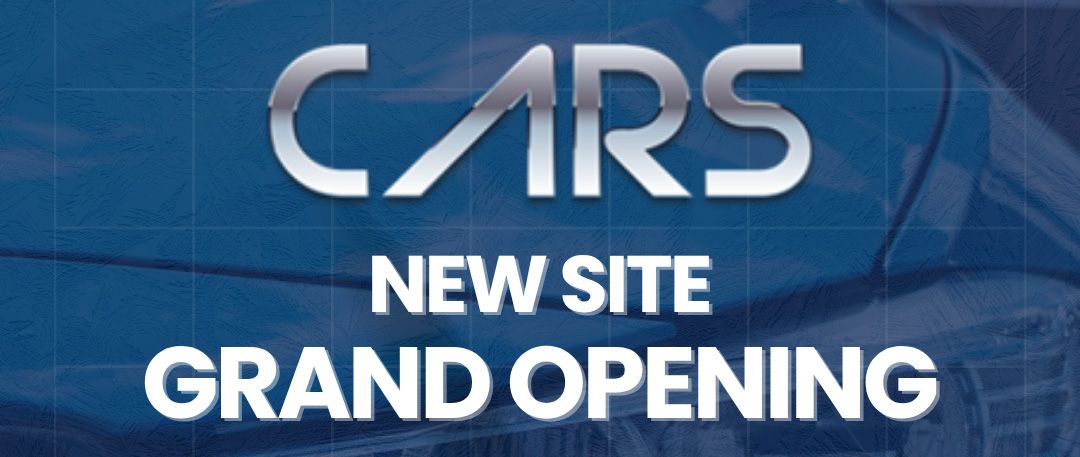What Is A SMART Repair?
We are often asked which is better, a SMART repair or a body shop repair.
But before we get into it…
SMART stands for ‘Small Medium Area Repair Technology’. SMART repairs have gained immense popularity within the automotive sector over the last 20 years. There are a range of different services under the SMART repair banner.
In this article, we are covering the difference between a body shop paint repair and a SMART paint repair.
When a bumper, for instance, is repaired using SMART repair techniques, it is usually left in situ and the attached components are typically masked out and painted around. As there is very little stripping required, the cost is often lower than a body shop repair. As a result, SMART repairs can typically be carried out at home or work from a van.
In contrast, when a vehicle goes into a body shop for a bumper repair, the bumper will usually be removed and stripped before being repaired. Although this process can be more expensive due to the additional labour required for stripping, there are advantages to this method of repair. For example, there is very little chance of contaminating the vehicle with overspray and less chance of the new paint delaminating.
Most reputable body shops have access to vehicle-specific data which allows the estimator to identify any sensors, like radar modules, based behind or attached to the bumper. If a bumper that houses a RADAR sensor is knocked out of alignment, the vehicle’s Advanced Driver Assistance Systems (ADAS) will be impaired. This leads to a requirement for recalibration of the RADAR module.
Likewise, if an alloy wheel is hit on a curb, this can cause the steering geometry to be knocked out of alignment. At any point, when a vehicle’s steering geometry is altered (whether by accident or following realignment), an ADAS calibration must be performed.
For further information, please visit our ADAS blog here.

